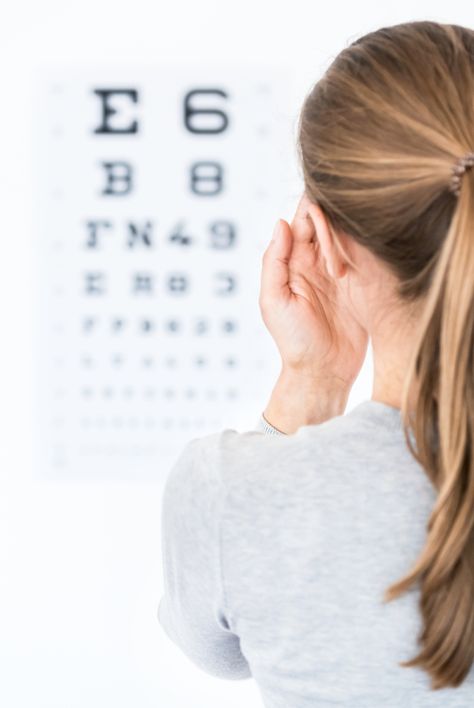Introduction:
As parents, we often pay close attention to our children’s physical and mental health. But what about their vision? It is essential to monitor our kids’ eye health because it can impact their learning, social interaction, and overall well-being. Here are nine signs that your child may have a vision problem:
1. Squinting or closing one eye:
If your child frequently squints or closes one eye when reading or watching TV, it may indicate that they are having trouble focusing. This could be due to myopia (nearsightedness), hyperopia (farsightedness), or astigmatism.
2. Complaining of headaches:
Children with undiagnosed vision problems may experience frequent headaches, typically in the forehead or temples. These headaches can result from excessive eye strain as the child struggles to see clearly.
3. Holding reading materials close to the face:
If you notice that your child holds books or devices too close to their face, it could be a sign of myopia. They might be doing this so that they can see the text more clearly.
4. Rubbing eyes frequently:
When children rub their eyes excessively, they are trying to relieve the discomfort or strain caused by blurry vision.
5. Trouble concentrating:
Children with vision issues often struggle to concentrate in school because they cannot see the board clearly or read texts without difficulty. This lack of focus can appear as restlessness or disinterest in learning.
6. Avoiding activities requiring near vision:
Children who are farsighted may avoid tasks requiring close focus, such as reading, drawing, or playing handheld games. They may find these activities uncomfortable due to blurry vision.
7. Poor hand-eye coordination:
A lack of depth perception can result in poor hand-eye coordination, causing your child to struggle with sports or other activities that require estimating distances.
8. Tilting the head:
Children with an uncorrected astigmatism might tilt their heads to the side to minimize distortion and see more clearly.
9. Frequent blinking:
Blinking can help temporarily clear blurry vision, so children with vision problems may blink more frequently than others.
Conclusion:
If you notice any of these signs in your child, it is crucial to schedule an ophthalmologist appointment. Early diagnosis and treatment can help prevent further complications and ensure your child’s overall health and success. Remember, regularly monitoring your child’s eye health should be a vital part of maintaining their well-being.





